



Make New Achievements in Ecological Protection and Restoration
Xizang resolutely builds an important national eco-environmental security barrier and vigorously implements the ecological security strategy. It adheres to overall policy implementation and systematic governance, emphasizing ecological restoration, afforestation, river source protection, and the supervision and management of nature reserves. Xizang has optimized its spatial plan and formed a multi-level and orderly natural regional system and a coordinated community of life that covers mountains, rivers, forests, farmlands, lakes, grasslands, deserts, and glaciers. These efforts have enhanced the diversity, stability, and sustainability of the plateau ecosystem, contributing to the Chinese nation's sustainable development and global ecological security.
Harmonious Coexistence between Man and Nature
Xizang adheres to the basic strategy of harmonious coexistence between man and nature, building a harmonious relationship based on the optimization of territorial space with a focus on biodiversity protection. It has formed a demonstration of harmonious coexistence between man and nature and explored innovative models for sustainable development.
 Planning schematic diagram of the three control lines in Xizang Autonomous Region |
 Schematic diagram of the overall layout for national land space development and protection in Xizang Autonomous Region |
The results of the "three zones and three lines" delimitation in Xizang were officially issued and put into use by the Ministry of Natural Resources in April 2023. Additionally, the National Territorial Spatial Plan for Xizang Autonomous Region (2021-2035) was approved by the State Council on April 22, 2024. The territorial spatial plan system for Xizang has basically taken shape. For the first time in Xizang's history, it has systematically ascertained the actual situation of cultivated land, ecology, and urban space, achieved full coverage of spatial plans, and fully completed the sorting, statistics, analysis, and delimitation of vector data. Xizang has truly achieved consistency in numbers, lines, and maps, marking historic achievements in territorial spatial planning.

Tibetan gazelles cross the highway during their migration
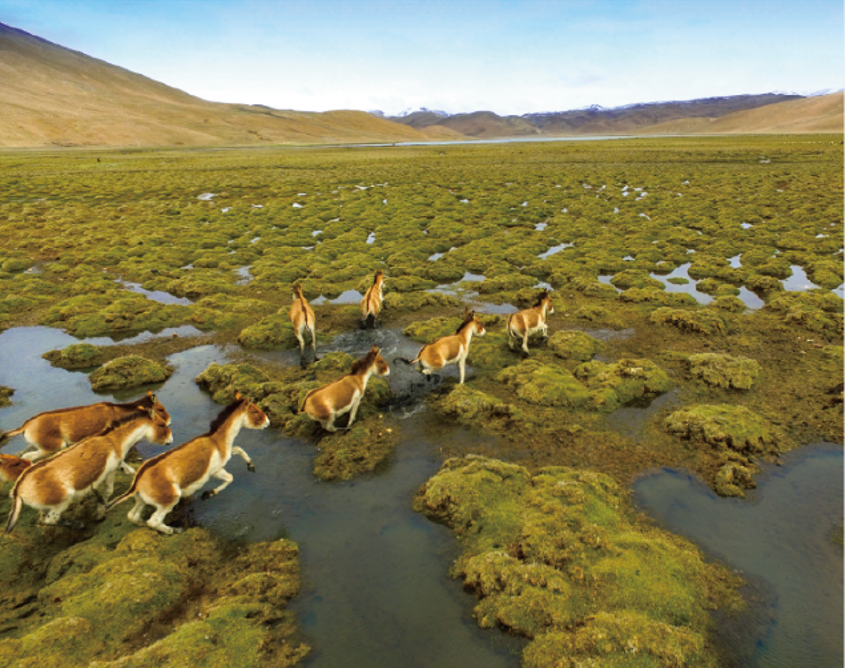 Tibetan wild donkey |
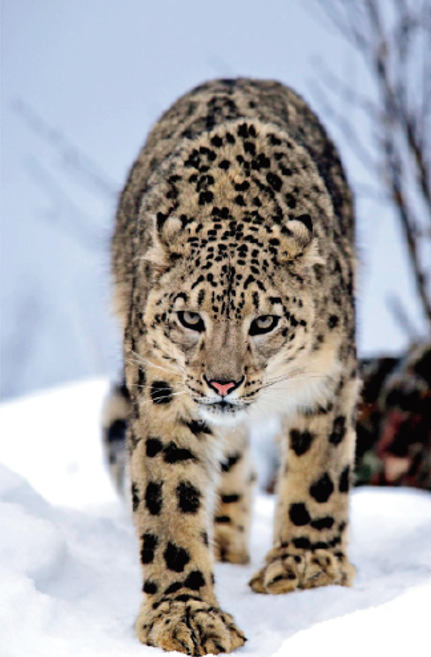 Snow leopard |
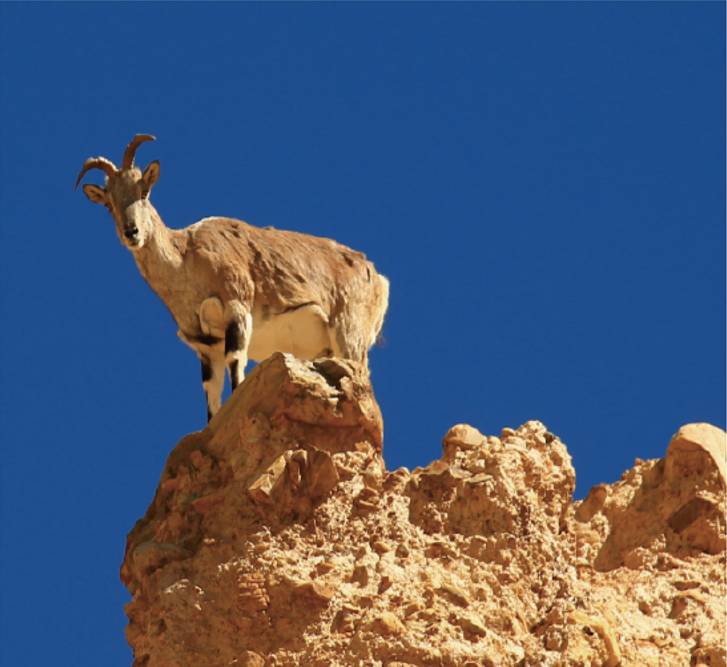 Blue sheep |
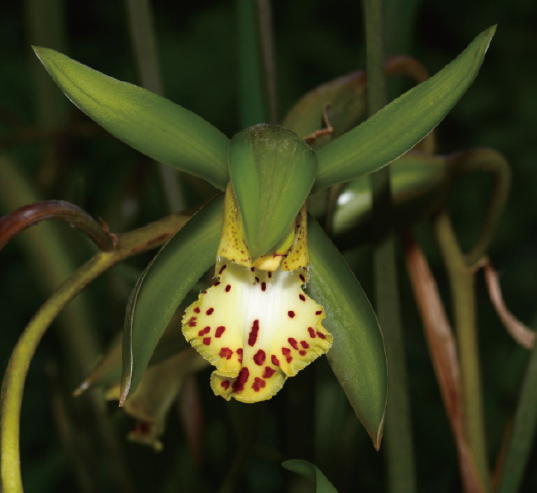 Iris-like cymbidium |
 Iron walnut community |
|
Golden wild yak |
Tibetan antelope |
|
Brown bear |
Black-necked crane |
|
Tibetan tree peony |
Morinda spruce |
Promote Afforestation Actions
Xizang further implements the ecological security barrier protection and construction plan, as well as the project of integrated protection and restoration of mountains, rivers, forests, farmlands, lakes, grasslands, deserts, and glaciers. Since the 13th Five-Year Plan period, a total of 13.945 billion yuan has been invested to comprehensively promote the implementation of major ecological protection and restoration projects, including natural forest protection, nature reserve construction, desertification prevention and control, grassland protection, and soil erosion control.

Desertification Control Project for Sengye Khabap River in Ngari
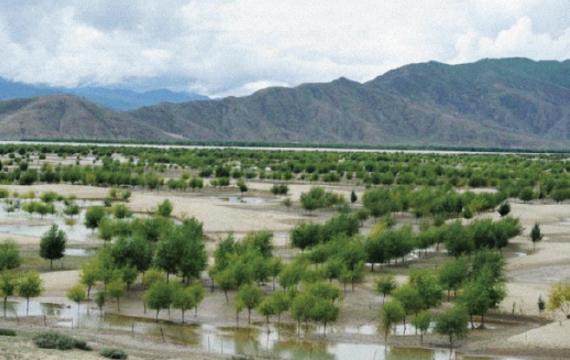 Desertification Prevention and Control Project in Dranang County |
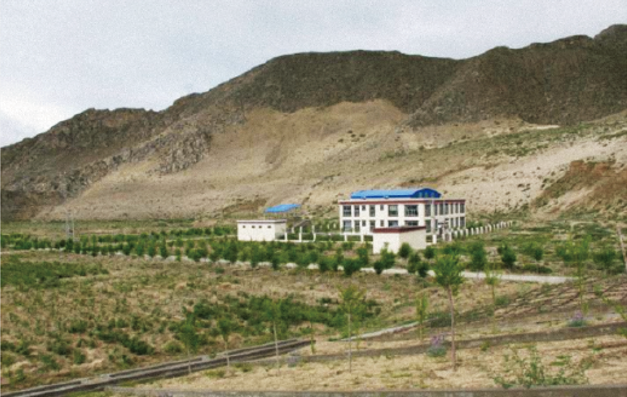 Comprehensive Treatment Project of Soil Erosion in Chabalang Small Watershed, Chushur County |
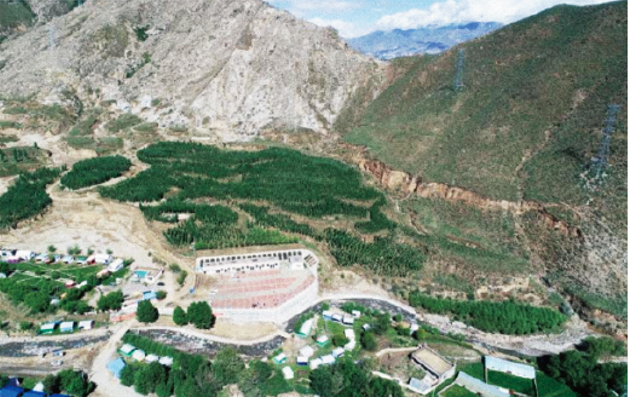 Comprehensive Treatment Project of Soil Erosion in Xiegou, Chengguan District, Lhasa City |
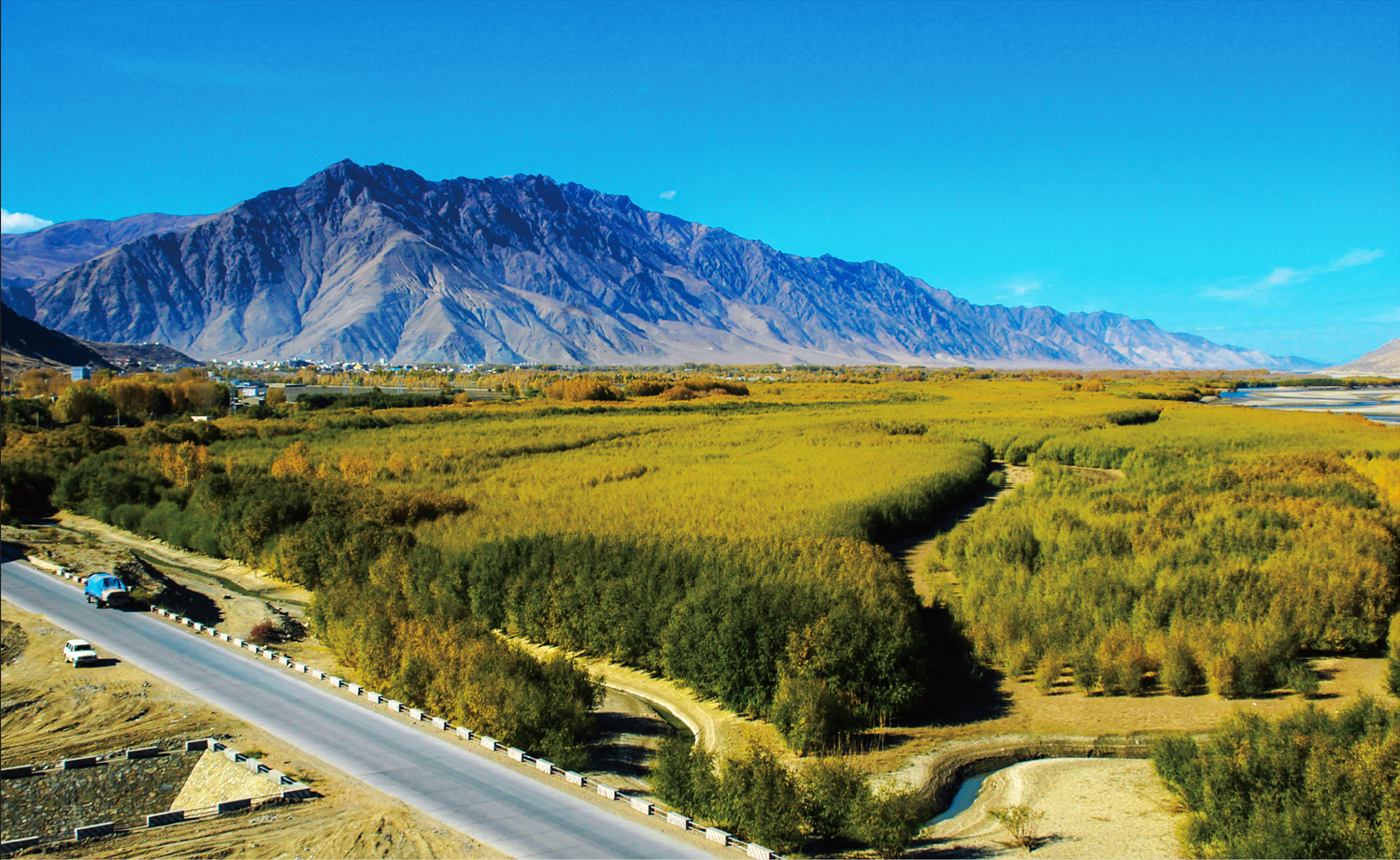
Desertification Control Project in Yarlung Tsangpo River Basin
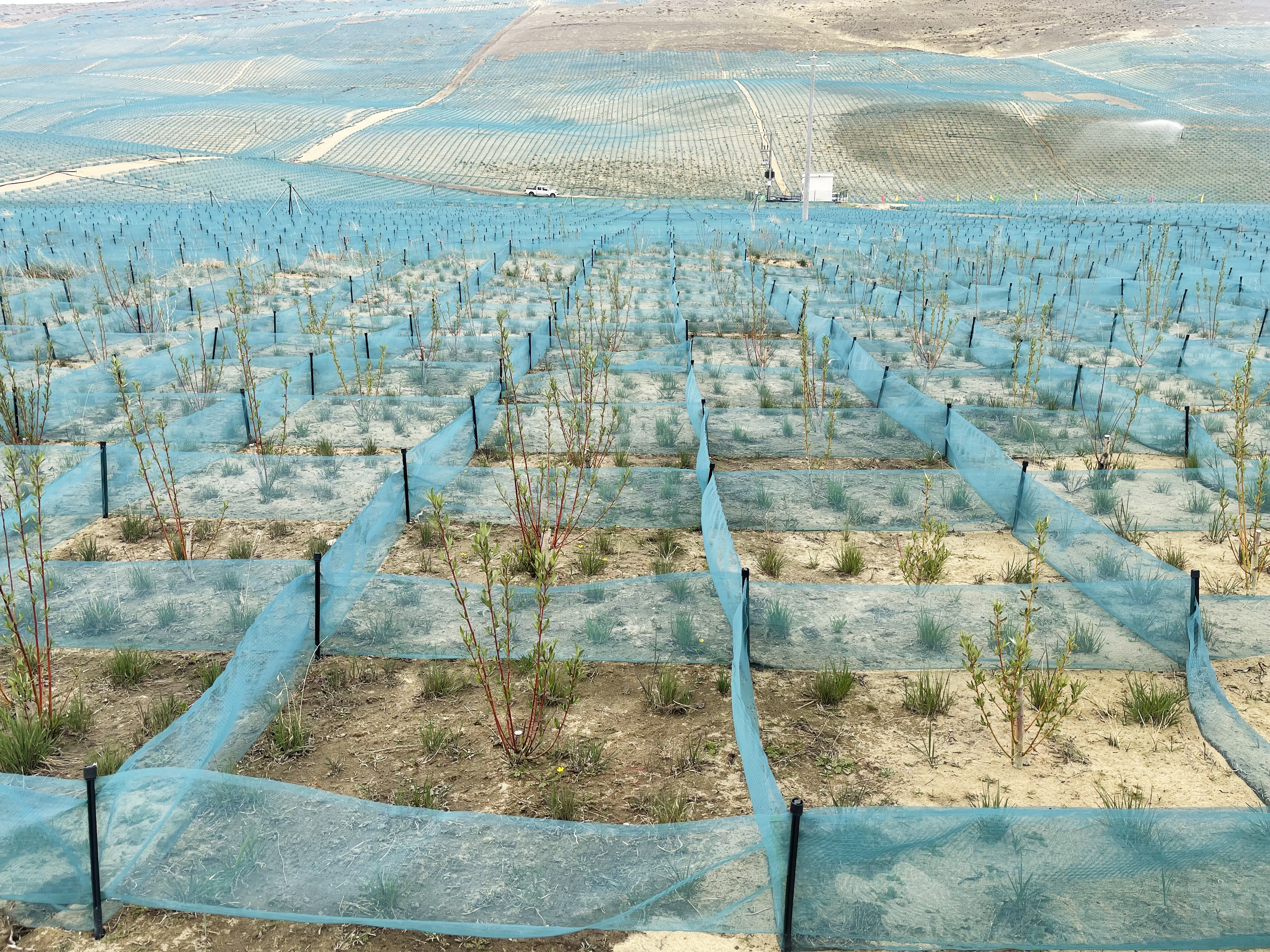 Ecological Management in Nyarixung Township, Samdrutse District, Shigatse City |
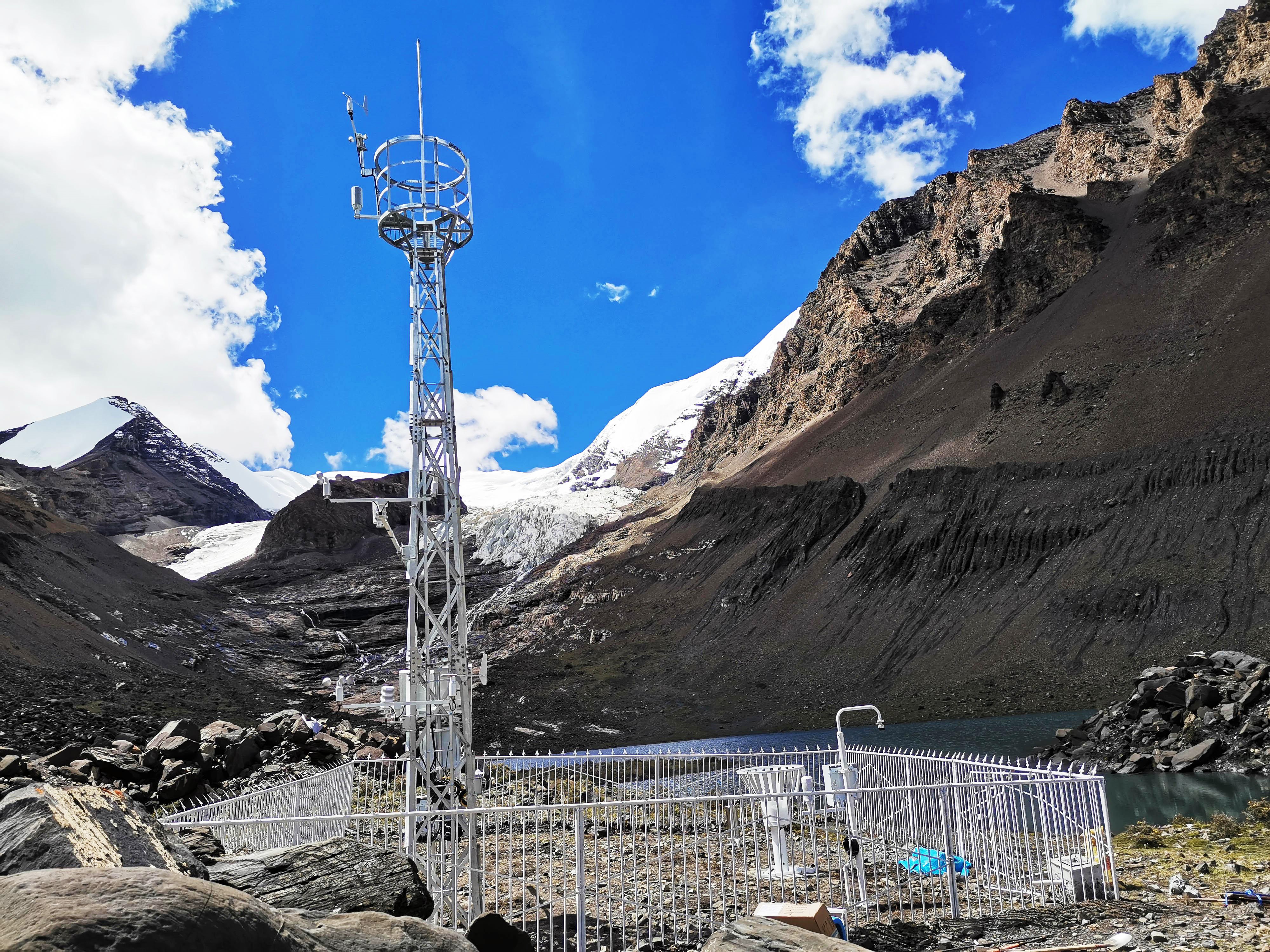 Qiangyong Glacier Monitoring Station in Nanggarze County |
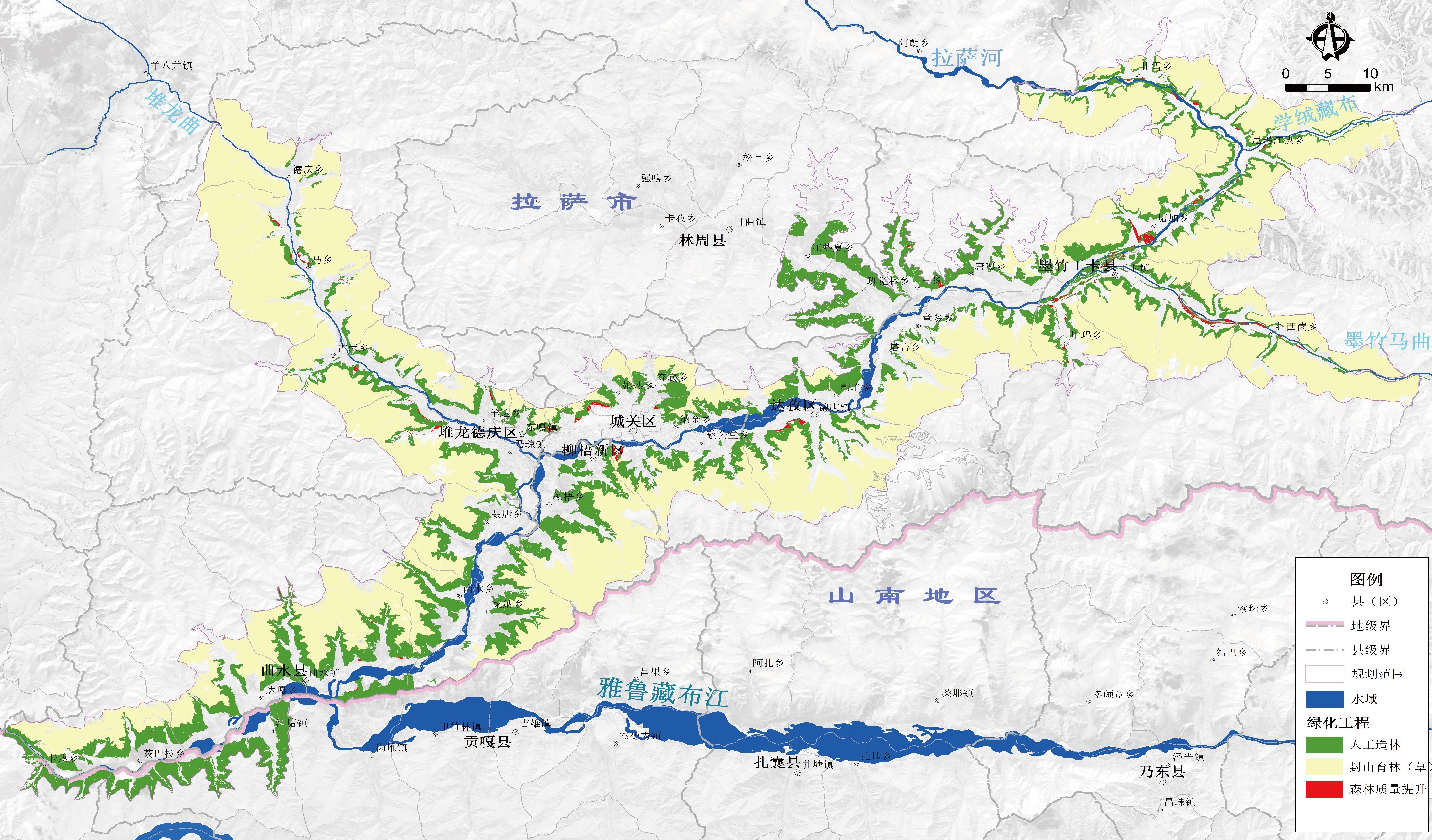
Schematic diagram of Lhasa north and south mountain greening project planning from 2021 to 2030
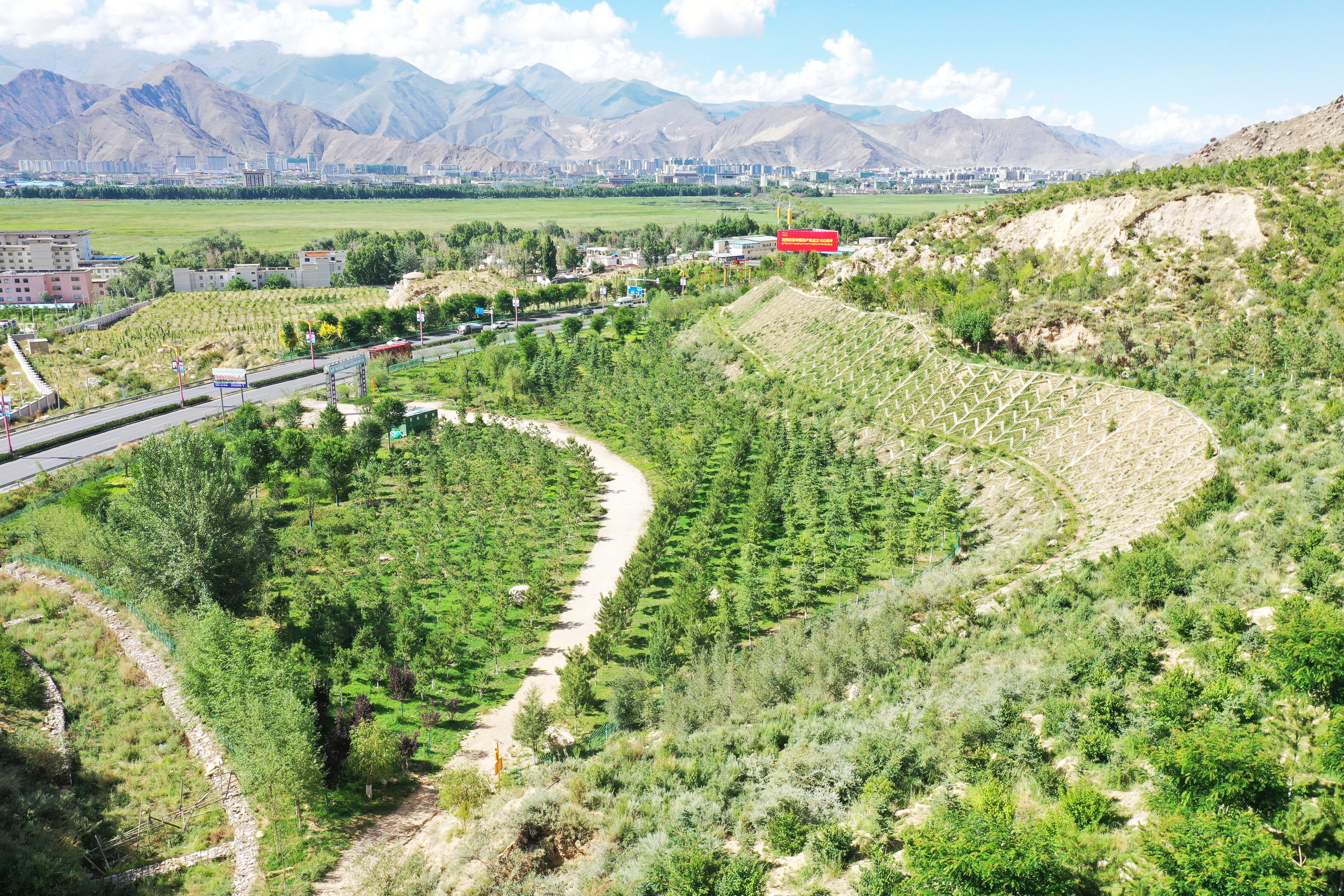
Local rendering of Lhasa north and south mountain greening
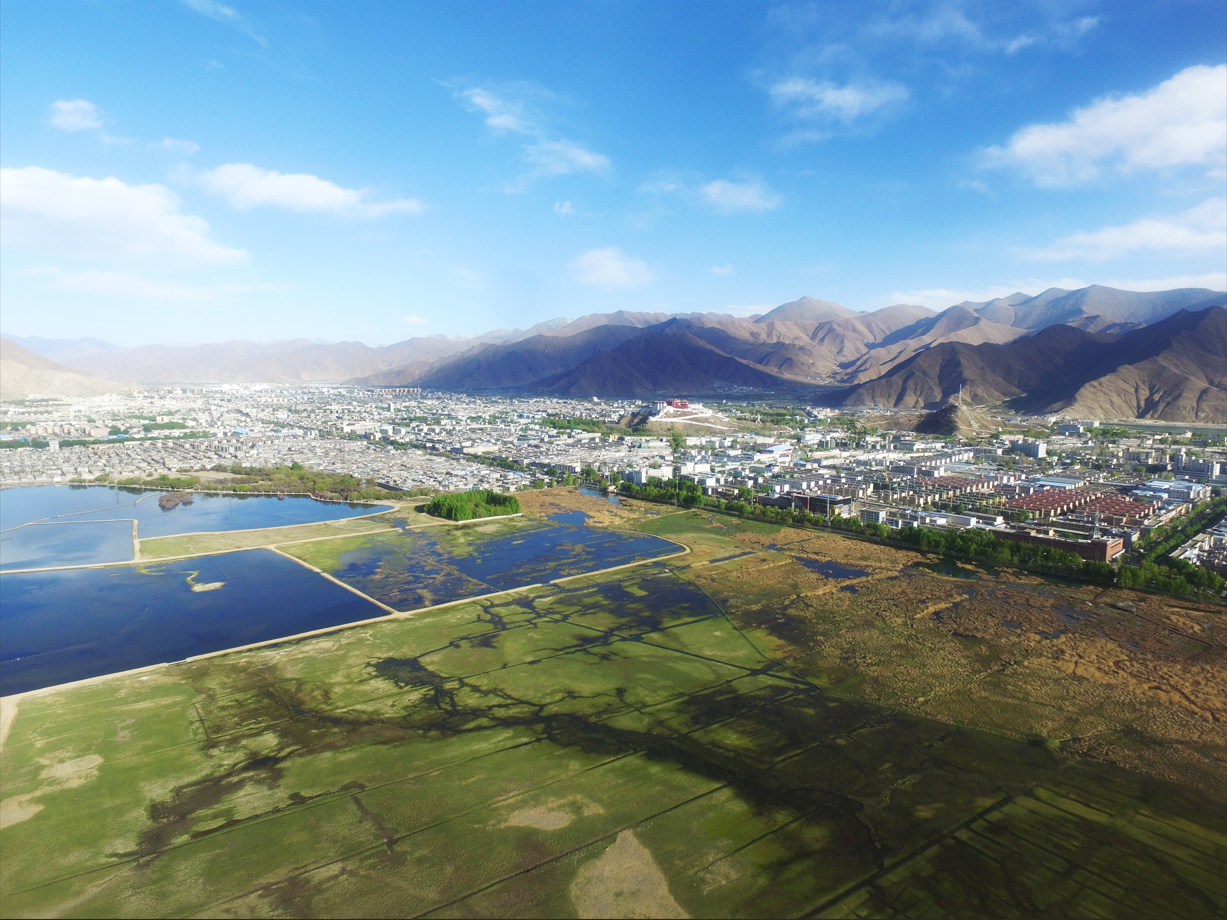
Lalu Wetland — The urban natural wetland with the highest altitude in the world and the largest area in China
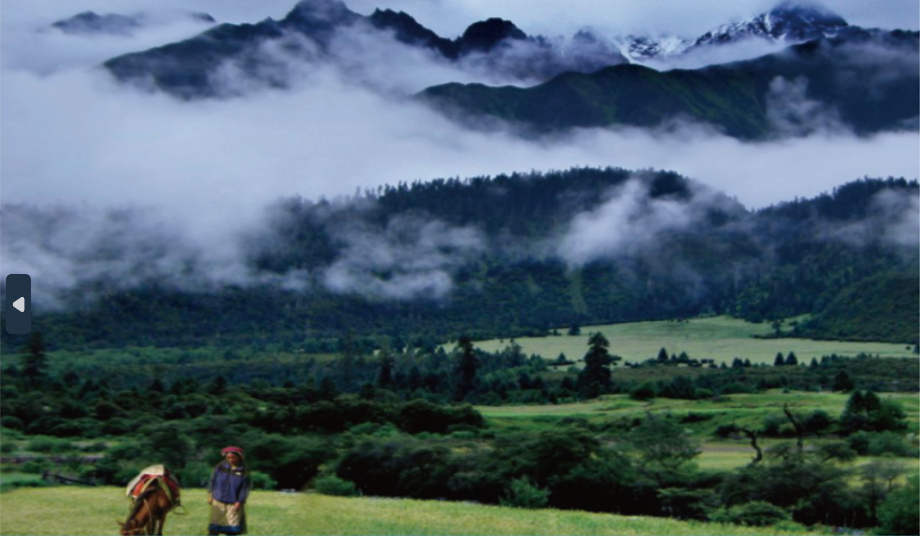 The Natural Forest Protection Project in Nyingchi |
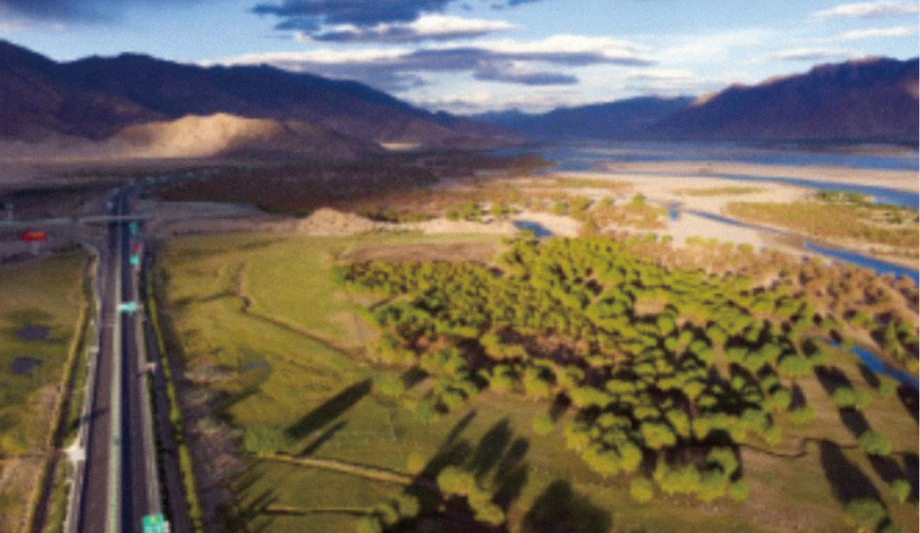 Afforestation on both banks of Yarlung Tsangpo River |
Build a Model for Nature Conservation
Based on its ecological resources such as rivers, lakes, grasslands, wetlands, forests, and snow-covered mountains, Xizang adheres to the principle of protecting nature, serving people, and achieving sustainable development. It strives to build a nature reserve system with unique plateau features. The system is designed with national parks as the mainstay, nature reserves as the foundation, and various natural parks as supplements.
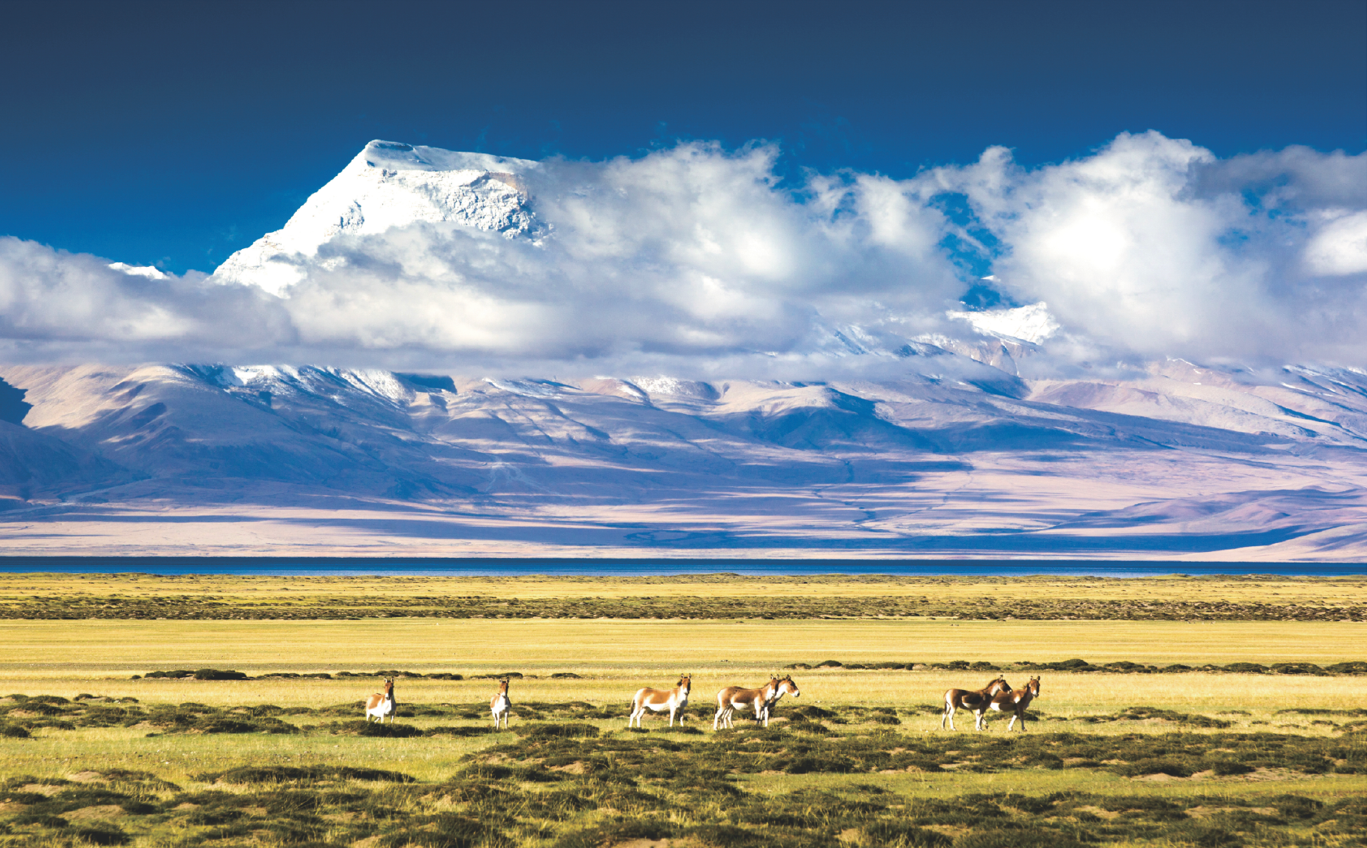
Changtang National Nature Reserve
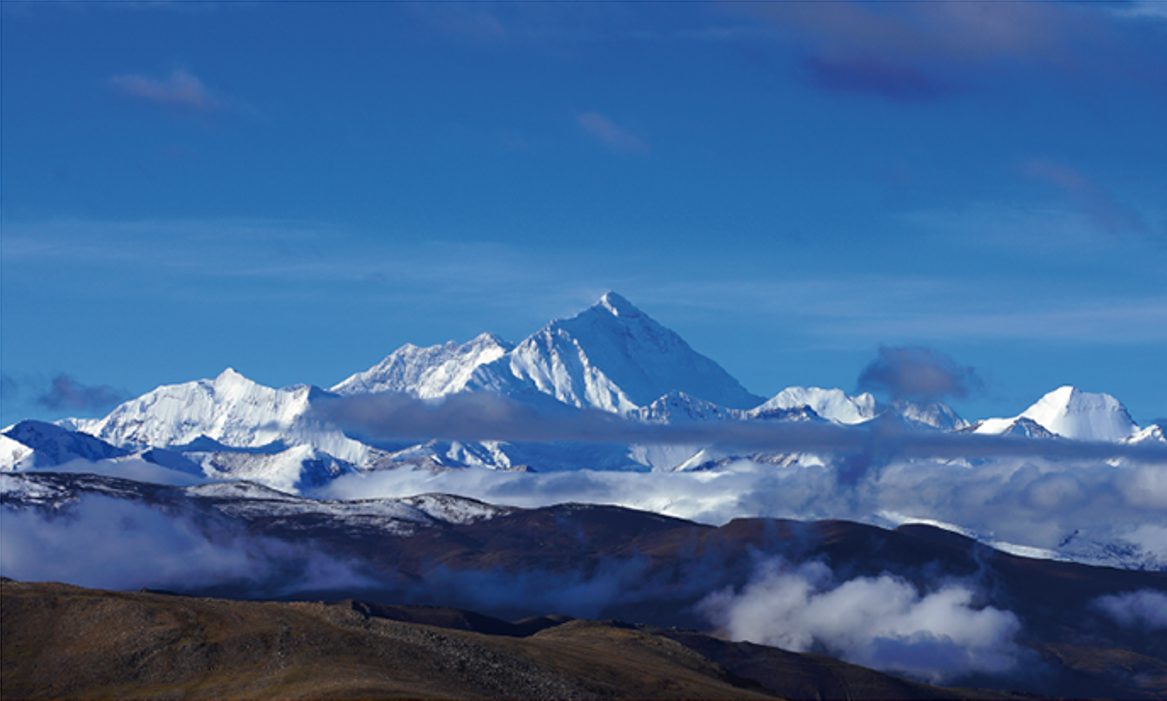 Qomolangma National Nature Reserve |
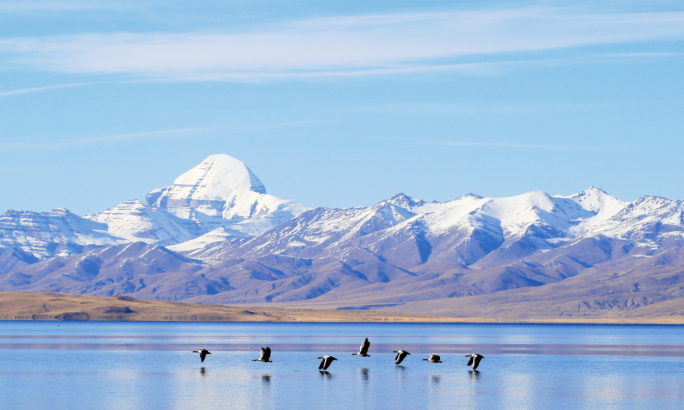 Yarlung Zangbo Grand Canyon National Nature Reserve |
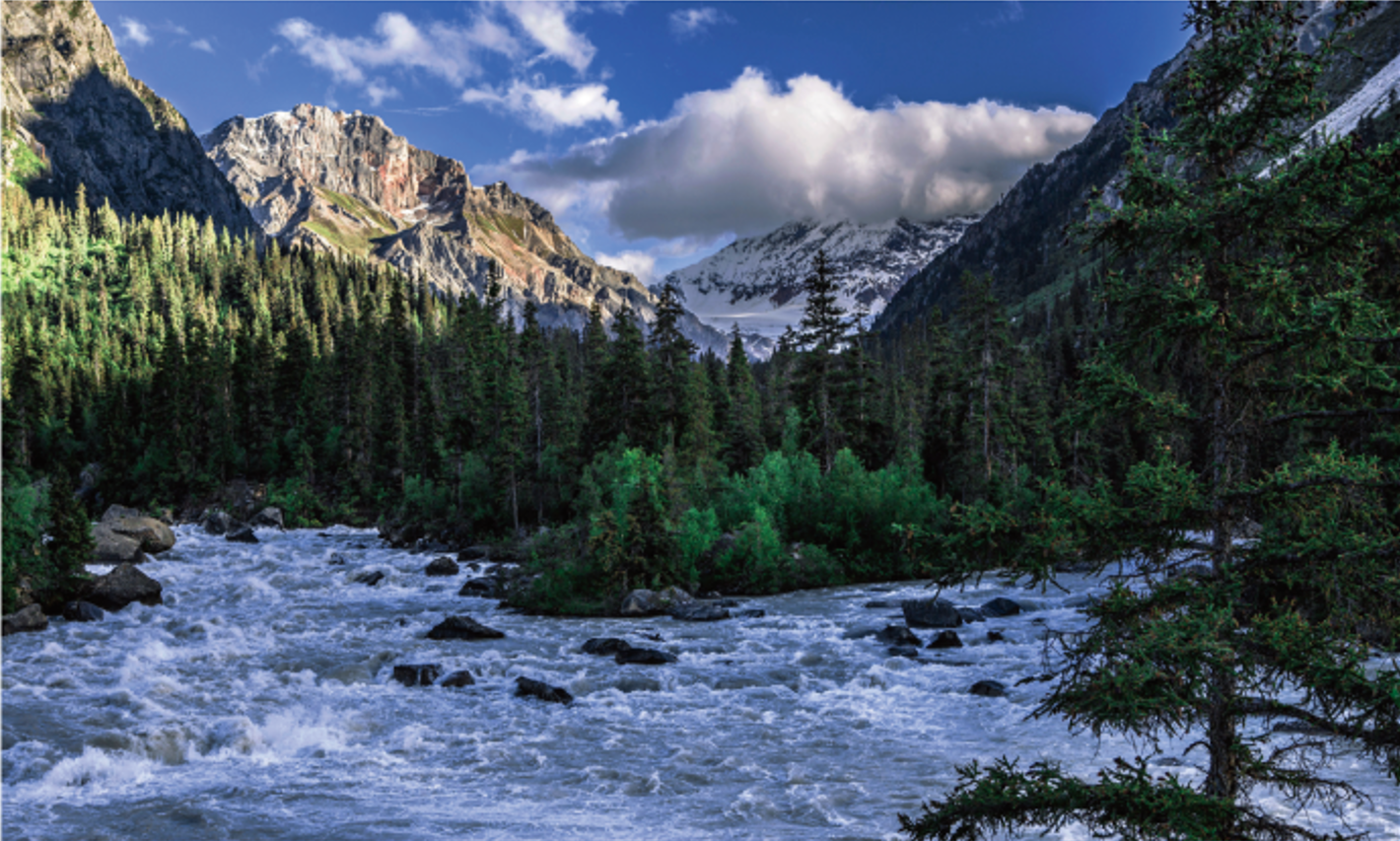 Ra'og Lake Wetland Autonomous Region Nature Reserve |
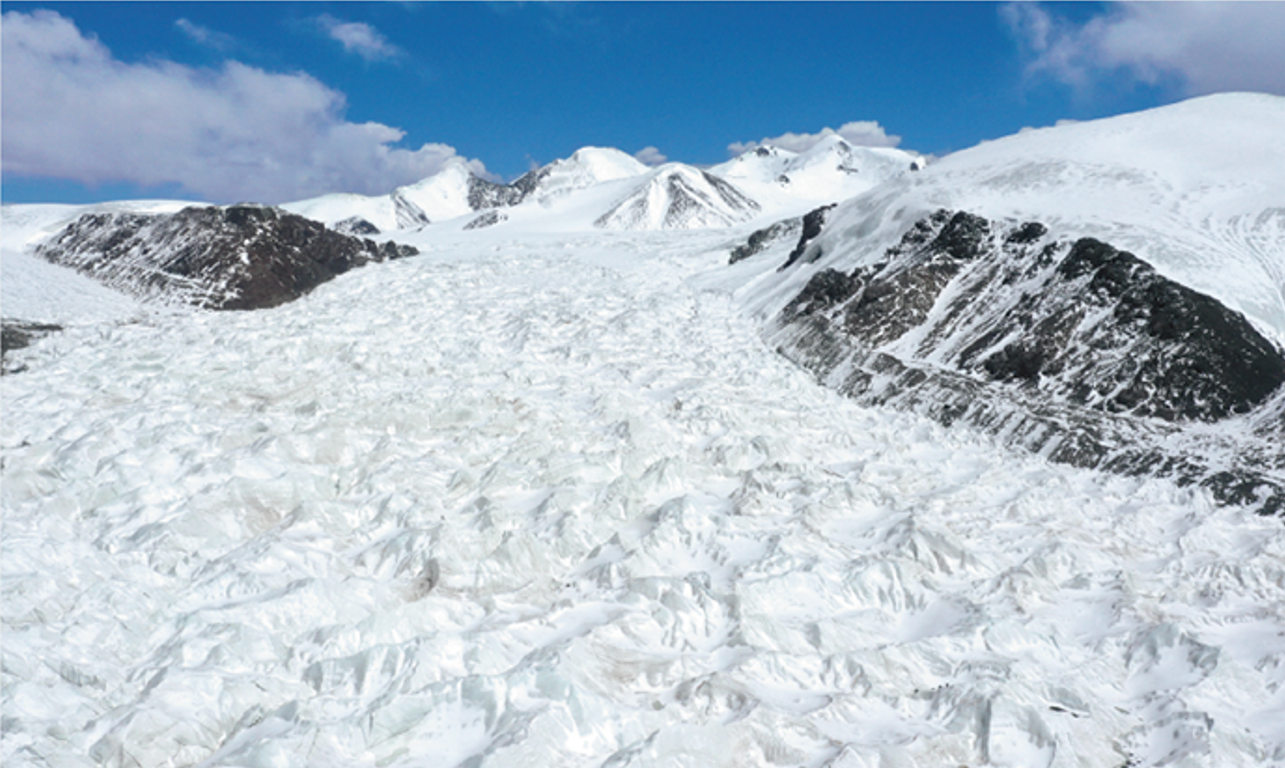 Tangbei Area of Three-river-source National Park |
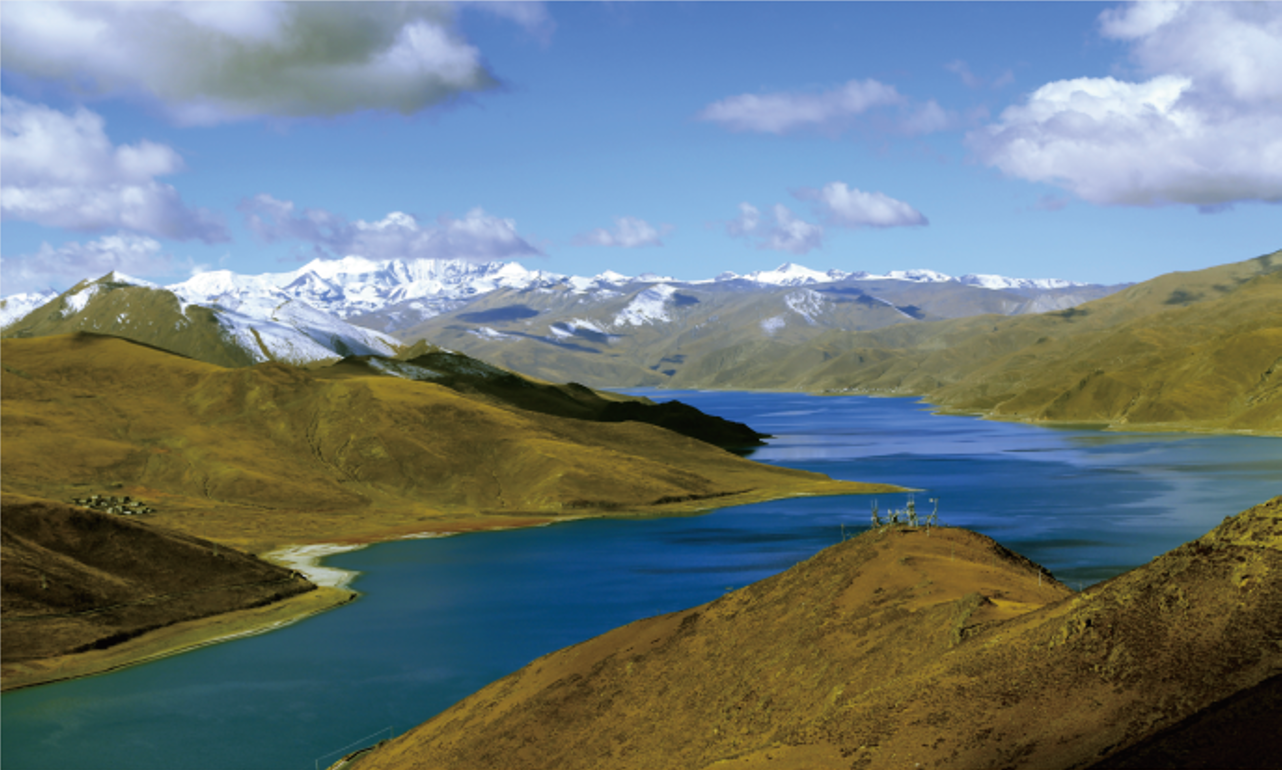 Black-necked Crane National Nature Reserve in the Middle Yarlung Zangbo River Valley |
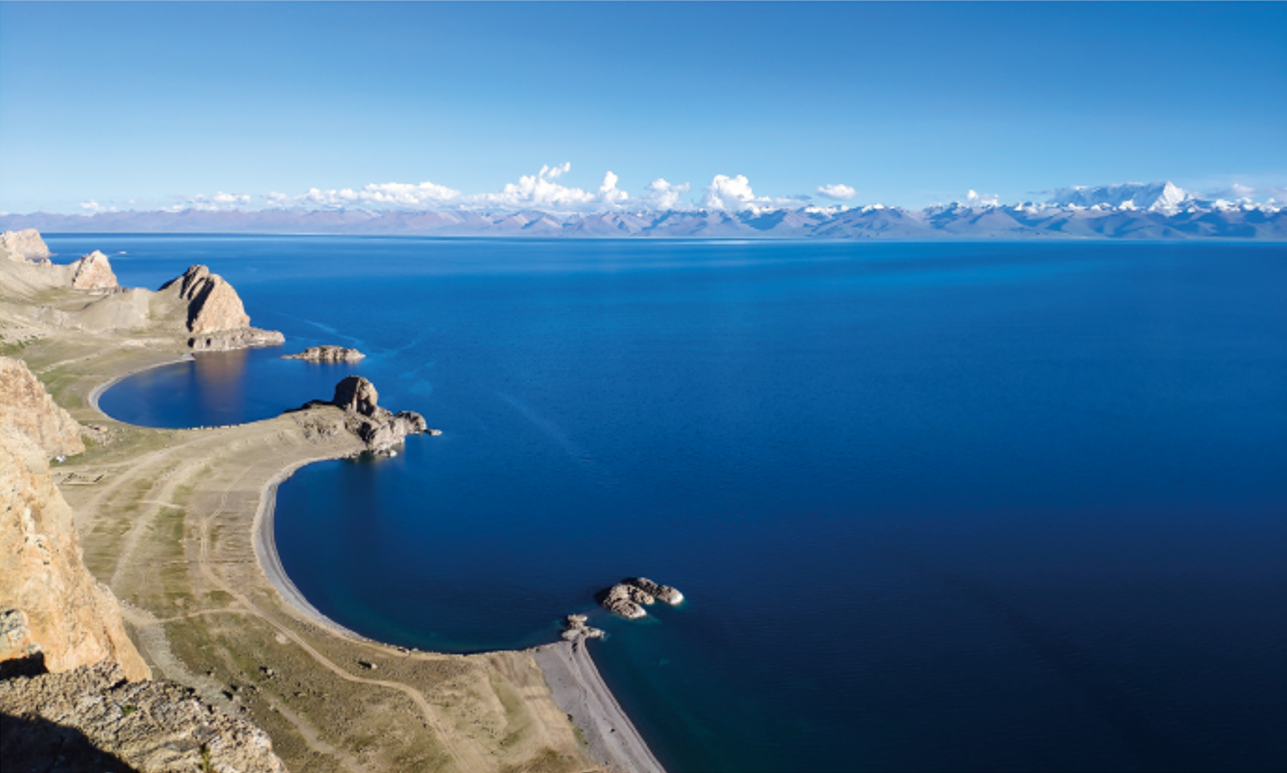 Namtso Autonomous Region Nature Reserve |